With more than twenty million people Mumbai is India's largest and most cosmopolitan city as well as its financial center. Founded as a Portuguese fort at the tip of a peninsula between the Indian Ocean and Mumbai Harbor, Mumbai sprawls mostly northward and seemed even larger as we approached from that direction and encountered continuous urban sprawl starting about 50 kms outside the city.
Fortunately, our hotel in Mumbai was in the Colaba neighborhood within walking distance of the city's heart, including the Gateway of India, historic buildings and museums, central cricket ovals, Marine Drive and seaside Art Deco neighborhood
. One full day and two nights in Mumbai, were a little insufficient to more than scratch the city's surface.
One of the highlights of Mumbai was a tour of Dharavi, the massive slum of over one million people where the movie Slumdog Millionaire was set. For obvious reasons it makes sense to visit such a place with people who know the lay of the land rather than to try do it independently, and we went on a ttip organized by Reality Tours and Travel, an outfit that prides itself on "responsible tourism" which includes not allowing photos while on the slum tour. Thus, I don't have any pictures from the fascinating neighborhood, but there are a few on their website at this link.
http://www.realitytoursandtravel.com/dharavi-long-tour.html
After getting picked up by their drivers from our hotel the trip included a drive through Mumbai's red light district and a stop overlooking Dhobi Ghat where much of Mumbai's laundry from hopitals and hotels and other institutions is hand washed and dried outdoors, We ventured into Dharavi on foot over a bridge over a rail line, first visiting the industrial area with workshops doing all kinds of dirty work involving recycling garbage and smelting down metal, then a roof top visit for a better vista of the slum, on through residential neighborhoods of the different ethnic groups and religions (separate quarters for Maharathi Hindus ad Muslims, Gujaratis, and Tamils) - mazes of dark narrow alleyways often no much broader than my shoulders, past the parked Mercedes of a wealthy slum dweller (there are apparently many of those who still reside in the slum to hide their income from the tax man), a community center, stops in residences, home-based businesses like pappadam-making, and shopping for snacks in one of the commercial areas. Dharavi was thoroughly fascinating!
Mumbai - India's Biggest Most Cosmopolitan City
Tuesday, January 07, 2014
 Mumbai (Bombay), Maharashtra, India
Mumbai (Bombay), Maharashtra, India
Other Entries
-
9Uttar Pradesh - Intro to India
Dec 1226 days prior Gorakhpur, Indiaphoto_camera18videocam 0comment 0
Gorakhpur, Indiaphoto_camera18videocam 0comment 0 -
10Varanasi - Hinduism's Holiest City
Dec 1325 days prior Varanasi, Indiaphoto_camera99videocam 0comment 0
Varanasi, Indiaphoto_camera99videocam 0comment 0 -
11Bandhavgarh National Park - The Search for Tigers
Dec 1523 days prior Tala, Indiaphoto_camera31videocam 0comment 0
Tala, Indiaphoto_camera31videocam 0comment 0 -
12Khajuraho - Thousand Year Old Temple Erotica
Dec 1721 days prior Khajuraho, Indiaphoto_camera99videocam 0comment 0
Khajuraho, Indiaphoto_camera99videocam 0comment 0 -
13Agra - Capital of the Mughal Empire
Dec 1919 days prior Agra, Indiaphoto_camera134videocam 0comment 2
Agra, Indiaphoto_camera134videocam 0comment 2 -
14Fathepur Sikri - Akbar The Great's New City
Dec 2018 days prior Fatehpur Sikri, Indiaphoto_camera55videocam 0comment 0
Fatehpur Sikri, Indiaphoto_camera55videocam 0comment 0 -
15Jaipur - The Pink City of Rajasthan
Dec 2117 days prior Jaipur, Indiaphoto_camera97videocam 0comment 0
Jaipur, Indiaphoto_camera97videocam 0comment 0 -
16Delhi - World Capital of Chaos
Dec 2315 days prior Delhi, Indiaphoto_camera66videocam 0comment 0
Delhi, Indiaphoto_camera66videocam 0comment 0 -
17Bikaner - Holy Rats of Rajasthan
Dec 2513 days prior Bikaner, Indiaphoto_camera62videocam 0comment 0
Bikaner, Indiaphoto_camera62videocam 0comment 0 -
18Jaisalmer - Dreamy Desert Fortress City
Dec 2612 days prior Jaisalmer, Indiaphoto_camera88videocam 0comment 0
Jaisalmer, Indiaphoto_camera88videocam 0comment 0 -
19Thar Desert Camel Trek
Dec 2711 days prior Muhār, Indiaphoto_camera28videocam 0comment 0
Muhār, Indiaphoto_camera28videocam 0comment 0 -
20Jodhpur - Mountaintop Merangarh Fortress
Dec 299 days prior Jodhpur, Indiaphoto_camera73videocam 0comment 0
Jodhpur, Indiaphoto_camera73videocam 0comment 0 -
21Pushkar - Holy City of God Brahma
Dec 308 days prior Pushkar, Indiaphoto_camera35videocam 0comment 0
Pushkar, Indiaphoto_camera35videocam 0comment 0 -
22Udaipur - Romantic Lakeside Palaces
Jan 016 days prior Udaipur, Indiaphoto_camera68videocam 0comment 0
Udaipur, Indiaphoto_camera68videocam 0comment 0 -
23Mandu - Afghan Hilltop Ruins
Jan 034 days prior Mandu, Indiaphoto_camera59videocam 0comment 0
Mandu, Indiaphoto_camera59videocam 0comment 0 -
24Ajanta Caves - Incredible Buddhist Rock Temples
Jan 043 days prior Ajanta, Indiaphoto_camera37videocam 0comment 0
Ajanta, Indiaphoto_camera37videocam 0comment 0 -
25Ellora Caves - Specatacular Temples Carved of Rock
Jan 052 days prior Ellora, Indiaphoto_camera36videocam 0comment 0
Ellora, Indiaphoto_camera36videocam 0comment 0 -
26Mumbai - India's Biggest Most Cosmopolitan City
Jan 07 Mumbai (Bombay), Indiaphoto_camera69videocam 0comment 0
Mumbai (Bombay), Indiaphoto_camera69videocam 0comment 0 -
27Vagator - Chilled North Goa Beaches
Jan 092 days later Vagator, Indiaphoto_camera30videocam 0comment 0
Vagator, Indiaphoto_camera30videocam 0comment 0 -
28Old Goa - Portugal's Former Indian Colonial Capita
Jan 103 days later Panjim, Indiaphoto_camera47videocam 0comment 0
Panjim, Indiaphoto_camera47videocam 0comment 0 -
29Palolem - South Goa's Crescent Beach
Jan 114 days later Palolem, Indiaphoto_camera32videocam 0comment 0
Palolem, Indiaphoto_camera32videocam 0comment 0 -
30Hampi - Ancient Temple City of the Monkey God
Jan 136 days later Hampi, Indiaphoto_camera106videocam 0comment 0
Hampi, Indiaphoto_camera106videocam 0comment 0 -
31Mysore - A Maharaja's Spectacular Palace
Jan 158 days later Mysore, Indiaphoto_camera56videocam 0comment 0
Mysore, Indiaphoto_camera56videocam 0comment 0 -
32Wayanad - Tea Country in the Western Ghats
Jan 1710 days later Wayanad, Indiaphoto_camera32videocam 0comment 0
Wayanad, Indiaphoto_camera32videocam 0comment 0 -
33Cochin - Kerala's Cosmopolitan Colonial City
Jan 1912 days later Kochi, Indiaphoto_camera64videocam 0comment 0
Kochi, Indiaphoto_camera64videocam 0comment 0 -
34Aleppey - Cruising Kerala's Backwaters
Jan 2013 days later Alappuzha, Indiaphoto_camera33videocam 0comment 0
Alappuzha, Indiaphoto_camera33videocam 0comment 0 -
35Varkala - Gorgeous Beaches and Surf's Up
Jan 2215 days later Varkala, Indiaphoto_camera30videocam 0comment 0
Varkala, Indiaphoto_camera30videocam 0comment 0 -
36Kerala's Traveling Village Temple Festivals
Jan 2316 days later Attingal, Indiaphoto_camera81videocam 0comment 0
Attingal, Indiaphoto_camera81videocam 0comment 0 -
37Cape Cormorin - India's Holy Southern Tip
Jan 2417 days later Kanniyākumāri, Indiaphoto_camera27videocam 0comment 0
Kanniyākumāri, Indiaphoto_camera27videocam 0comment 0 -
38Madurai - A Temple Right Out of Indiana Jones
Jan 2518 days later Madurai, Indiaphoto_camera43videocam 0comment 0
Madurai, Indiaphoto_camera43videocam 0comment 0 -
39Trichy - India's Largest Hindu Temple Complex
Jan 2619 days later Trichy, Indiaphoto_camera43videocam 0comment 2
Trichy, Indiaphoto_camera43videocam 0comment 2 -
40Pondicherry - A Bit of France in India
Jan 2720 days later Pondicherry, Indiaphoto_camera31videocam 0comment 0
Pondicherry, Indiaphoto_camera31videocam 0comment 0 -
41Mamallapuram - Seaside Temples in Stone
Jan 2821 days later Mamallapuram, Indiaphoto_camera49videocam 0comment 0
Mamallapuram, Indiaphoto_camera49videocam 0comment 0 -
42Chennai - India's Fourth Biggest City
Jan 3023 days later Chennai (Madras), Indiaphoto_camera53videocam 0comment 0
Chennai (Madras), Indiaphoto_camera53videocam 0comment 0 -
43Tirumala - World's Most Visited Pilgrimage Site
Jan 3124 days later Tirupati, Indiaphoto_camera8videocam 0comment 0
Tirupati, Indiaphoto_camera8videocam 0comment 0 -
44Andhra Pradesh - Two Days Transit in Eastern India
Feb 0226 days later Visakhapatnam, Indiaphoto_camera24videocam 0comment 0
Visakhapatnam, Indiaphoto_camera24videocam 0comment 0

 Mumbai (Bombay), Maharashtra, India
Mumbai (Bombay), Maharashtra, India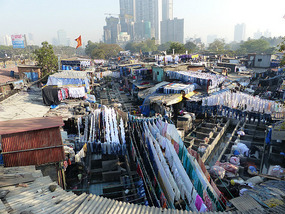

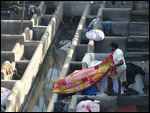
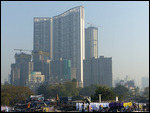
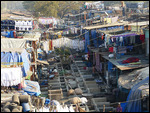
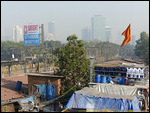
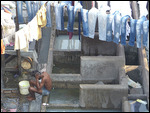
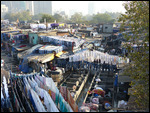
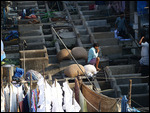
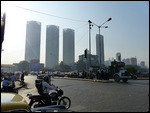
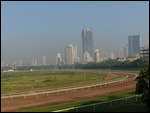
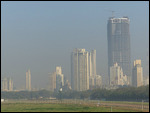
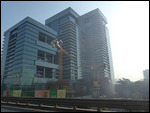
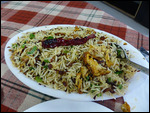
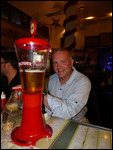
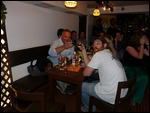
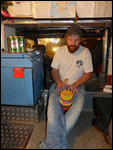
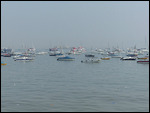
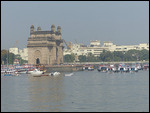
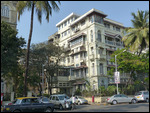
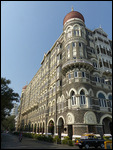
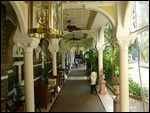
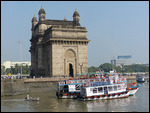
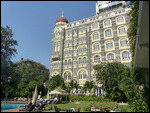

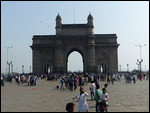
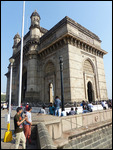

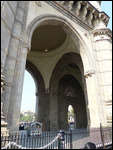
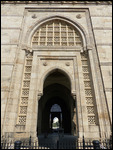

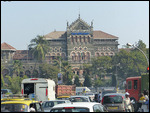
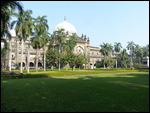
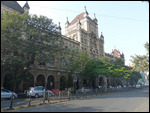
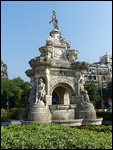
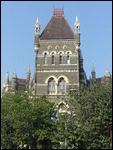

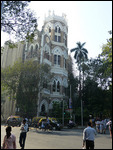
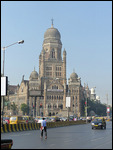
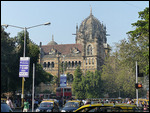
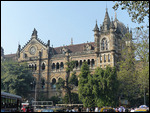

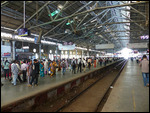
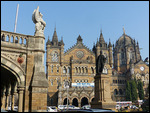
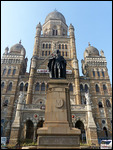

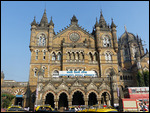
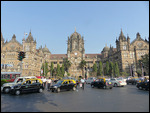
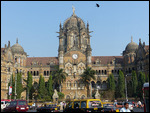
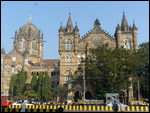
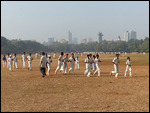
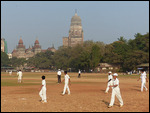
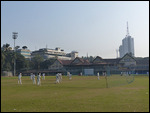
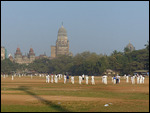
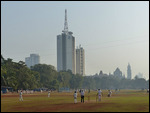
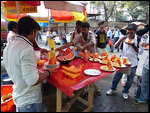
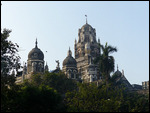
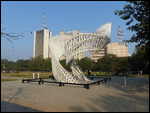
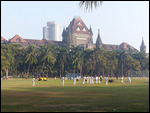
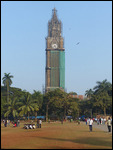
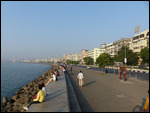
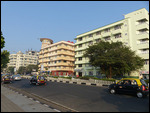
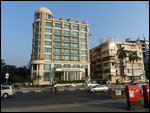
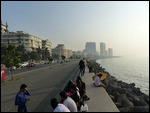
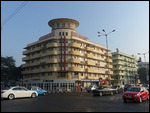
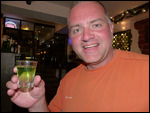
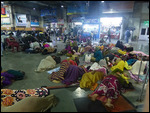
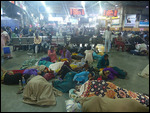
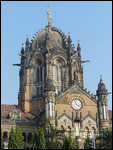
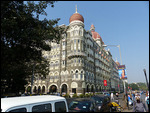
2025-05-22